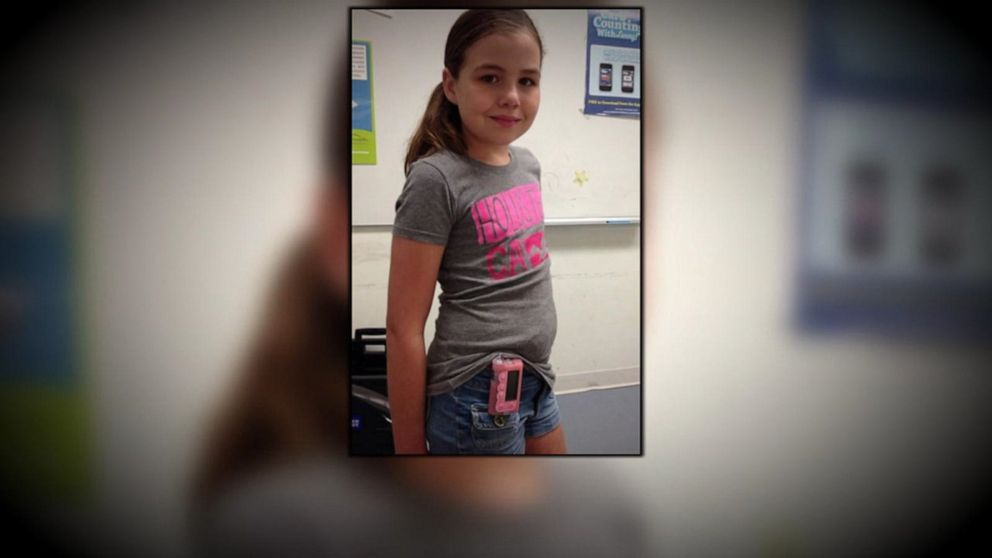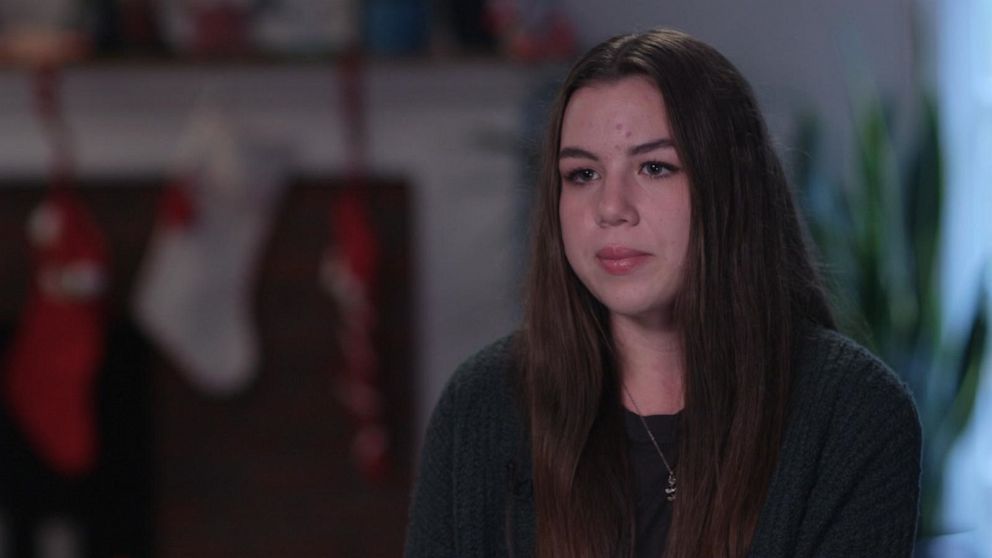Teen living with diabetes surprised with a service dog
Emily Setterstrom, 16, was diagnosed with Type 1 diabetes in kindergarten.
For many with diabetes, living a normal life can be difficult. And for families with children who may have the disease, it can be scary too.
When 16-year-old Emily Setterstrom was diagnosed with Type 1 diabetes in kindergarten after suddenly experiencing rapid weight loss, her mom Jennifer Setterstrom, feared for her daughter’s life after losing her brother to the same disease.
“I remember it was really scary in the E.R.,” Setterstrom told “Good Morning America” about her daughter's diagnosis. “They were saying she could’ve definitely gone into a coma."
Like most parents who have diabetic children, Jennifer has to keep a closer eye on Emily just to make sure she’s balanced with a normal blood sugar range and to also help her go about her life as normal as possible.

As a family, the Setterstroms learned how to cope with Emily’s disease and help her along the way, also learning how simple things like a change in diet or exercise could put Emily’s life in danger.
"She’s a really responsible kid but I do get scared, especially at night," said Setterstrom. "She can definitely go into dangerous low levels of blood sugar and that’s always brought on by activity and she’s a really active kid."
While Emily has gotten used to living with diabetes -- she now uses an insulin pump -- she still fears the worst scenarios that could happen.
"Whenever I go out I have to bring my test kit for my finger and I have to bring juice and extra insulin and stuff just in case something happens to me," she said. "It's just knowing that if I forget something, if something bad happens, it’d be horrible."

With her family her side, it’s made living with diabetes a bit easier for Emily, an AP student who is also on her high school's varsity color guard team.
And now, new treatments on the horizon from researchers are available to help make things even easier.
“There have been some incredible advancements,” said Dr. Ronald Tamler, an endocrinologist at Mount Sinai Health System. “The technology is better and the treatments are better.”
Some treatments include new medications that stop the destruction of cells that make insulin, artificial pancreas that may make managing Type 1 diabetes completely automatic and the use of diabetic alert dogs.
Diabetic alert dogs are trained to recognize the particular scent that a person experiencing hypoglycemia produces due to chemical changes in their body. They are also trained to alert the person with diabetes and can also be trained to retrieve juice or glucose tabs, get an emergency phone, or get help from another person in the house, according to CanDoCanines.org, an organization that works to match specially-trained dogs with people with disabilities.
Emily was surprised Monday live on "GMA" with her own diabetic alert dog.

"I'm so happy," Emily said as she was presented the dog by Jeanette Forrey, the owner and founder of 4E Kennels in Nevada.
The dog will be trained specifically to detect Emily's high and low blood sugar levels, which should take about one year, according to Forrey.
"It’s awesome," said Setterstrom. "I get that she wants to go to college and if I’m not there I’m just so worried. At night, going to classes, anything and now she’ll have this extra, I’m speechless."







